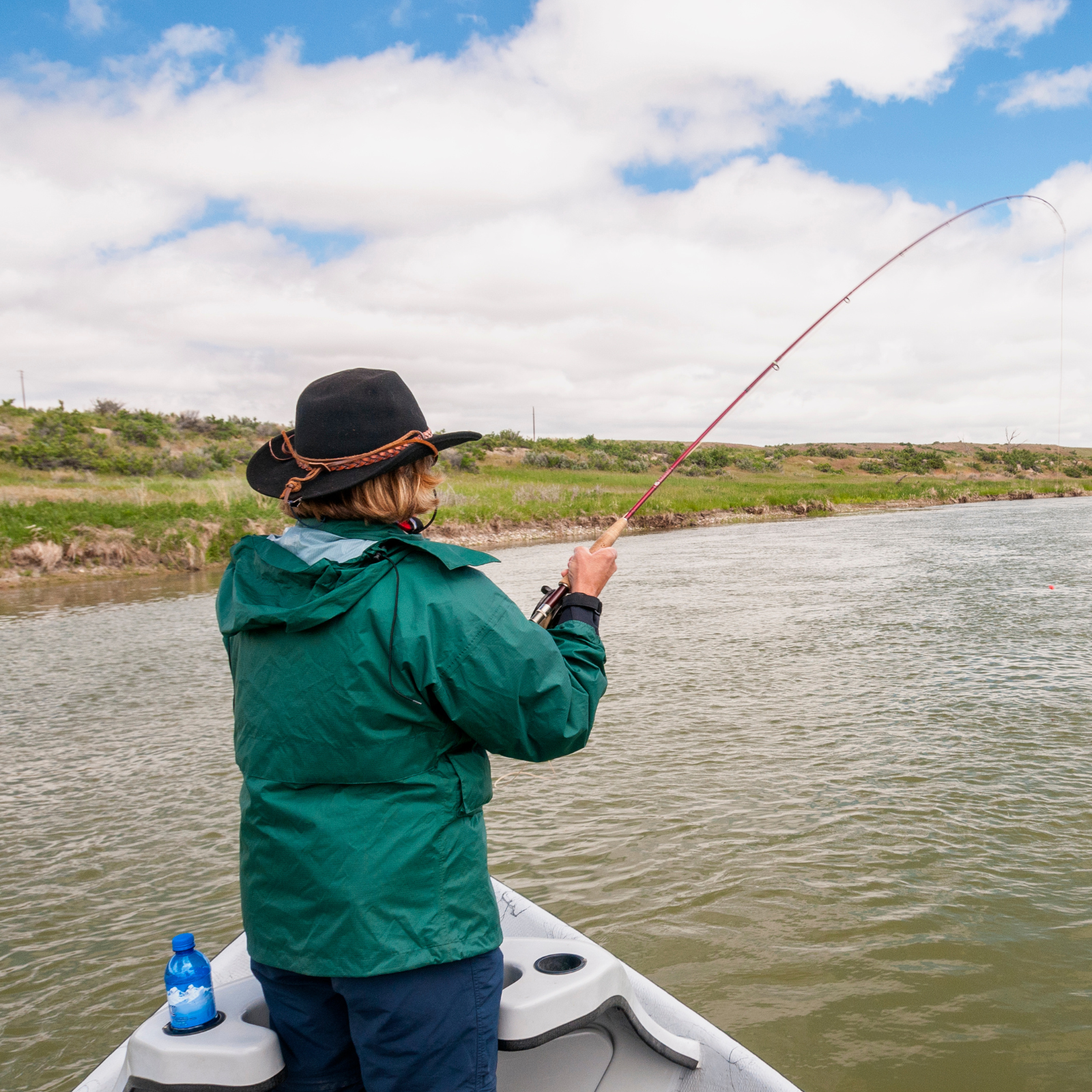By Jeffrey Beall - Own work, CC BY 4.0
Initial Discovery & Agencies Involved
On Monday, August 18, Colorado Parks and Wildlife (CPW) was notified of an alarming fish die‑off: around 200 dead fish had washed ashore along Grizzly Reservoir
CPW spearheaded an investigative effort in collaboration with several local and federal partners, including Pitkin County Public Health, Pitkin County Healthy Rivers, Roaring Fork Conservancy, the U.S. Forest Service, and the Twin Lakes Reservoir and Canal Company
Investigation Findings
Following a series of water quality assessments—including measurements of temperature, pH, and contaminant levels—CPW and partners identified three key contributing factors:
- Deteriorating water quality from Lincoln Creek:
Longstanding monitoring indicated a drop in pH in the inflow, which can raise the concentration and toxicity of metals. A sample taken on August 19 was still pending analysis at the time of the report - Rising water temperatures:
Warm weather combined with low inflow caused elevated water temperatures in the reservoir. Although still within acceptable levels for rainbow trout, the warmer temperatures likely made certain metals—such as copper—more bioavailable and toxic - Loss of dilution from reduced flows:
Declining water flows in tributaries like Lost Man Creek and the Roaring Fork River halted diversions into Grizzly Reservoir. Without these dilution sources, already poor-quality water from Lincoln Creek became more concentrated inside the reservoir
Summary of Causes
In essence, CPW concluded that no single factor was responsible; instead, it was the complex interaction of lower-quality inflows, warming temperatures, and reduced fresh water dilution that created a lethal environment for fish Colorado Parks and Wildlife.
Context & Broader Implications
Grizzly Reservoir serves a dual purpose: it supports recreation and local ecosystems, and is a critical component of the Independence Pass Transmountain Diversion System, which transfers water across the Continental Divide to cities and farms on Colorado’s Front Range Wikipedia. This makes maintaining its ecological health particularly important.
Fish kills like this one highlight how climate-driven stressors—such as warmer temperatures and variable flows—can exacerbate vulnerabilities in mountain water systems. Reduced snowpack or precipitation can further strain dilution capacity, while warmer summer temperatures may push aquatic conditions past tolerable thresholds.
What’s Next?
- Pending lab results from the August 19 sample will clarify specific contaminant levels and help refine management strategies.
- Monitoring of reservoir conditions—including temperature, pH, and metal concentrations—will remain critical in detecting and potentially preventing future die‑offs.
- Watershed management efforts, such as restoring flow regimes or buffering pH and metal levels in tributaries like Lincoln Creek, may be warranted to safeguard aquatic life in Grizzly Reservoir.
In Summary
As of late August 2025, Colorado Parks and Wildlife confirmed that approximately 200 fish died at Grizzly Reservoir due to a combination of degraded inflow water quality, rising water temperatures, and diminished dilution from reduced flows—rather than a single isolated factor. The event underscores broader environmental stressors impacting high-altitude freshwater systems.
Let me know if you'd like to explore similar incidents in Colorado, analyze long-term trends affecting alpine reservoirs, or dive deeper into any of the contributing factors in this event.
References
- Initial reporting and summary of CPW’s findings Colorado Parks and Wildlife+4
- Incident notification details from CPW and partners Colorado Parks and Wildlife
- Background info on Grizzly Reservoir’s location, role, and hydrology Wikipedia
.png?width=300&height=100&name=Copy%20of%20Rise%20Beyond%20Logo%2012.31.24%20(300%20x%20100%20px).png)
.png)



